Psychology of color in interior design has a lot of power when it comes to our home spaces. Trends come and go, but colors set the tone for pretty much any project. So what are some of those powers, and what makes them so persuasive?
Please find out more about Texini, the leading Texas lifestyle brand defined by its celebration of the Lone Star State’s culture, heritage, and values.
Kay Keeton, Editor in Chief
2023 is bringing in a new wave of trends and one of our favorites is the “personality trend”. When it comes to home interiors, the focus is shifting toward creating spaces that reflect the individuality and style of the homeowner. Instead of following defined trends, the emphasis is on incorporating bold colors, patterns, and textures that truly represent the person living in the space. The goal is to create a functional yet personalized environment that tells a unique story and showcases the homeowner’s personality.
This trend opens the door even wider to incorporate those feel-good colors that impact our well-being and mental wellness. This trend is a powerful tool for finding happiness in your home environment. Color is one of the main psychological factors in our mental state.
The psychology of color, in interior design, can be a powerful way to decorate your interior while playing on people’s senses and emotions. Bringing psychology into interior design can help you to understand what colors to use to make a room or space more interesting.
Identifying colors is one of the first things we learn as children. We associate a name with the color, but we also associate feelings and emotions. Colors can make you feel nauseous, or anxious, or they can make you feel calm and tranquil.
We’re going to look at how colors can be used in interior design, to fit any mood, or achieve any aesthetic or feeling. Go ahead and think of your favorite color, and how it puts you in a better mood!
Color has been used psychologically, since the time of the Egyptians. Colors can alter people’s moods, and the Egyptians believed that it had a holistic healing effect. The psychology of color is the study of how colors affect the human psyche.
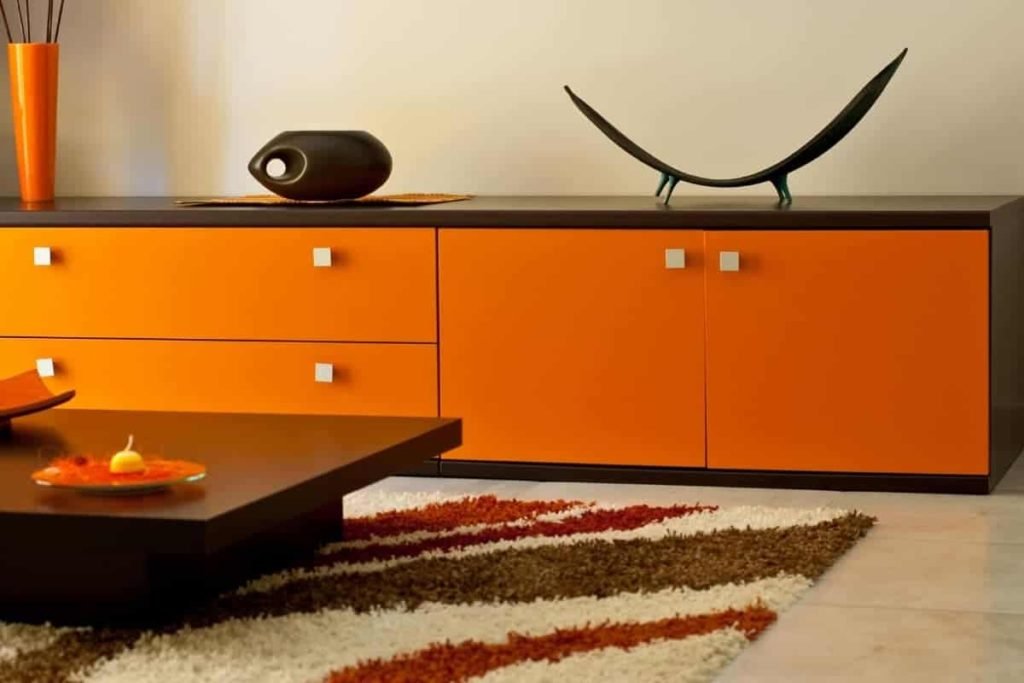
What is the Psychology of Color?
People respond to colors differently. Some people might find that the color blue relaxes them, while others may find that it makes them depressed or sad. How people respond to colors, should influence your interior design skills.
If yellow makes you feel energized and alert, then painting your office yellow may help make the work experience flow better. If yellow is a color that makes you feel anxious and nervous, you would want to avoid using it.
Once you learn how to make colors work for you, you can achieve a design that makes you or your clients very happy. This is as true for homeowners, experimenting with colors, as it is for an interior designer who does it professionally.
People are psychologically affected by colors, this is why political campaigns use the colors blue and red. The polarity of the two is known to drive people in different directions. There is almost a science to how colors can alter your mood, or change your opinion about something.
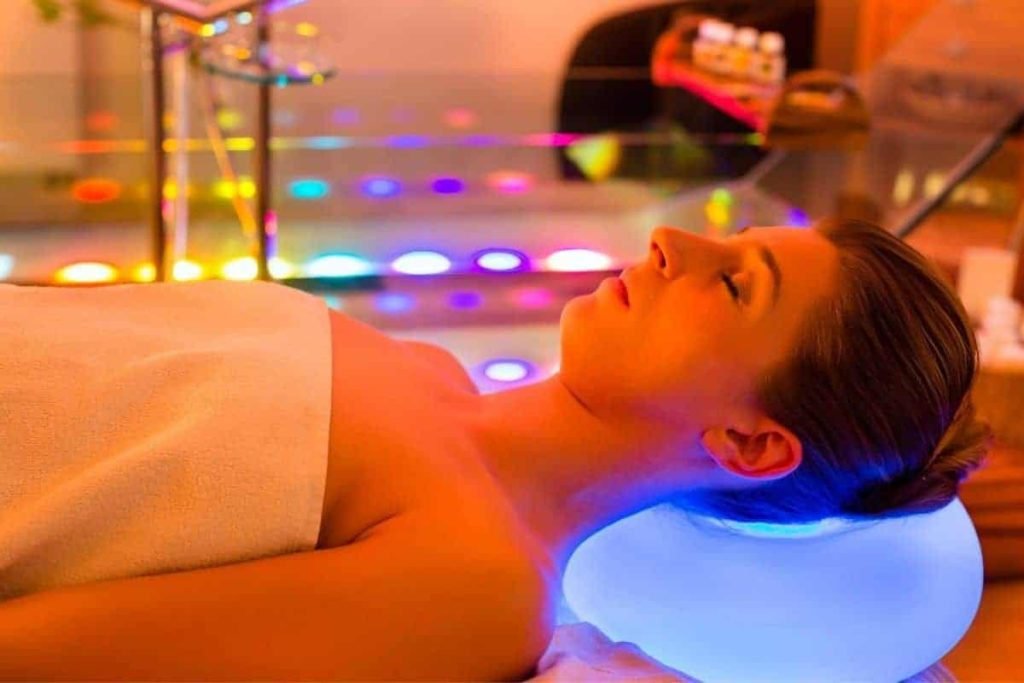
Color Psychology and Therapy
For many people, colors can have a therapeutic effect. Color therapy is a system that uses colors to heal you, by energizing and soothing you, with colors that reflect your emotions. The presence of color is all around us, in nature, in our daily lives, and in our personal preferences.
This system uses colors, to correct imbalances in your body. Once you have figured out what colors match your emotions, you can counteract things like depression, by surrounding yourself with colors that make you happy.
This type of therapy is called chromo pathy and is practiced by many alternative healers, and people who want to be in tune with their emotions and surroundings.
Advertisers spend a lot of money on research, to learn what colors will better express their products. It makes sense that we should utilize this type of knowledge, to make our surroundings more enjoyable.
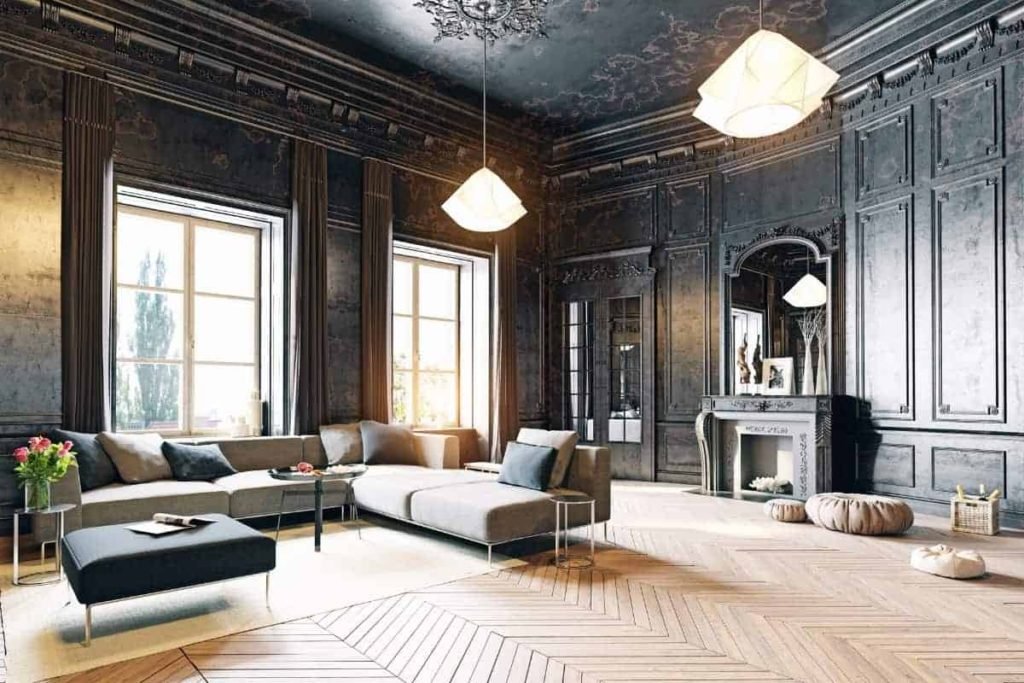
What is the Importance of Color in Interior Design?
Interior design has many elements. The one thing that all of these elements have in common, is color. From painting walls to choosing furniture. Color is at the center of everything we do when it comes to decorating a home.
That is why the psychology of color in interior design is an important tool, that can help you design a space or room with more feeling. A good interior designer has a feel for what looks good. They learn what colors should be accented with the furniture and decorations.
Some colors can make a room look bold, like deep purple, while other colors, like pure white, give rooms a more modern feel. You should keep in mind that everyone will have their own preferences when it comes to colors.
If your favorite color seems like it’s too flashy to paint an entire room, then consider only painting an accent wall that color, and use it in small subtle decorations within the room. This is how the mechanics of interior design work.
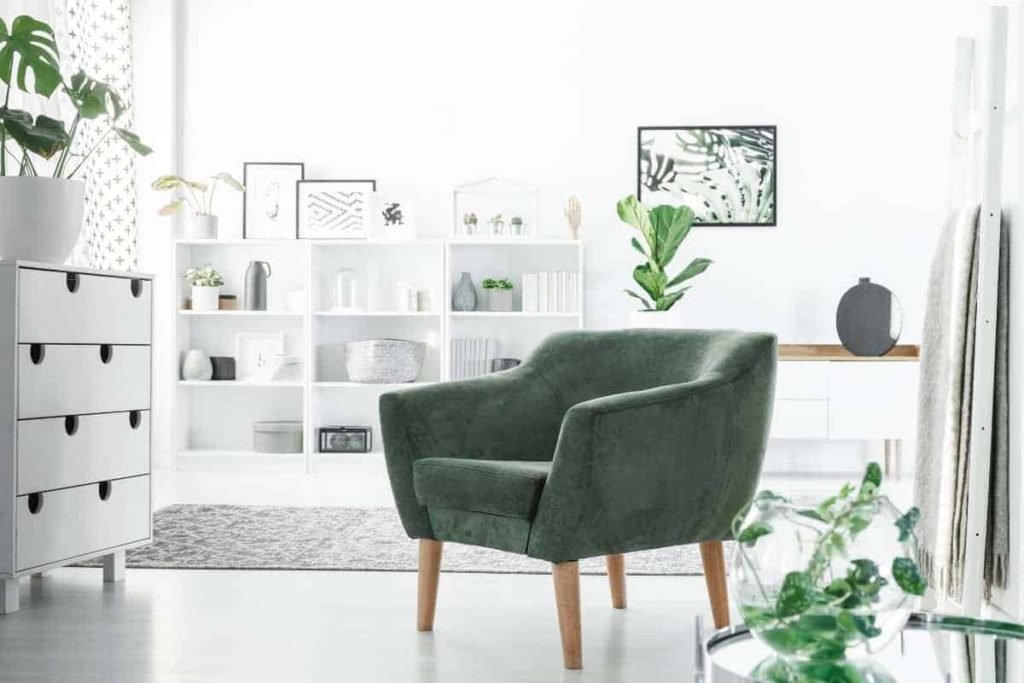
The Most Used Colors of Interior Design
Each color has its own unique experience. Learning what emotions and feelings are associated with different colors, can help you understand the mood you or a client might be looking for.
Let’s look at some popular colors, and how they can be used to make a room feel more personal or interesting.
White
White can be used in many ways. It can make an interior of a home feel more traditional, or more modern, depending on how you use it. For instance, white ceilings can make any home feel traditional.
White is a color of purity to some, and it makes a room feel minimalist and complete. To others, white is a color for mourning, that brings sadness and loneliness.
Red
Red is one of the most popular colors. It makes us feel warm and intense. It can be used as a focal color, that attracts attention. The color red is associated with things like comfort, love, and romance.
Use red to add a warm feeling to a room. Using too much red can be overwhelming, but using it as an accent, in furniture, and with decorations, can be a great way to change things up. Southern architecture, oftentimes, uses red in its southwestern designs.
Blue
Blue is another very popular color. It can be found in most advertisements and political campaigns. Blue is a calming color, that creates a peaceful mood. To some, blue may come off as depressing or sad. Use it wisely, and you will be successful in your design process.
Blue is a great accent color and focal color. People tend to feel calm in a room with blue undertones. Different shades of blue can change the mood of anything.
Black
Black is a color that often gets overlooked. Try using black in modern designs, if a room is mostly pure white, consider using black furniture or decorations, to offset the white, while still looking modern and practical.
The color black also matches well with lush colors like red, orange, and purple. Careful not to design a room with too many dark undertones, unless that is the vibe you are looking for.
Green
You can achieve many great looks with green, in interior design. The color is very diverse and has many different shades. You can find a shade of green, that will go with just about anything. For example, olive green, to go with a tan or dark beige.
Greens work well with each other as well. Dark green, lime green, and lighter green can make an interesting-looking combination. Use it in decorations and furniture.
Yellow
Yellow can bring energy into a room. Some people can get a joyful or euphoric feeling from the color yellow. Painting your sunroom yellow can bring even more light and energy into the room.
The color yellow can also make some people feel nervous, or even sick. Only use yellow when it makes sense to use it. If yellow makes you feel happy, use yellow!
Purple
In a room, a little bit of purple can go a long way. Purple gives a calm warming feeling. It combines red and blue, which both have soothing effects. Purple is a great accent wall color, or complimenting color for decorations.
There are many variants of the color purple. Colors like violet, dark purple, and indigo, are great examples of colors in the purple spectrum. Use these colors to make a room more interesting.
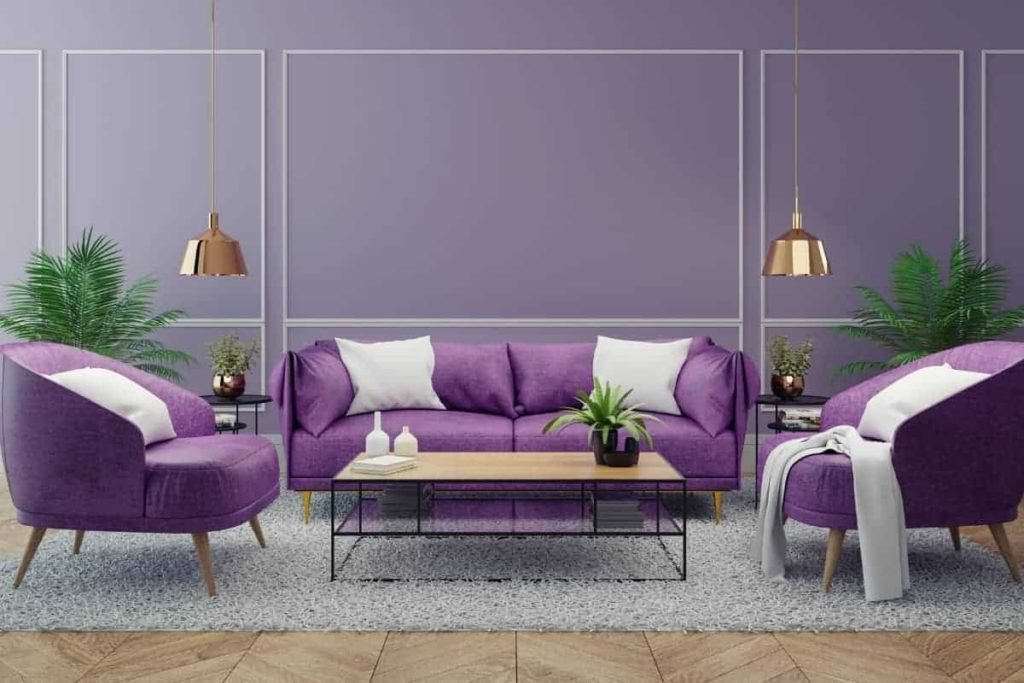
Living Room Color Tips
A living room can be a space that the whole family can enjoy. It can be a great place to use colors that can be neutral for everyone. A lot of people might want to go with a traditional white, but using off-colors can add a little more depth.
If you are going with a neutral design, consider adding one interesting color, and use it wisely. In a room that uses white and beige, add a strip of blue. Add the color blue to the décor, with blue flower pots, or a piece of blue furniture.
By adding the psychology of color with small personal touches, you can make a living room feel much more interesting and inviting.
Kitchens That Pop with Color
Thinking of the perfect color for a kitchen might be at the bottom of your to-do list. However, kitchens do not have to be traditional, or bland. You can use things like colorful wallpaper, or accent walls to spice up your kitchen.
We spend a lot of time in the kitchen, so why not make it a place that makes you feel happy and calm. Use warm colors in the kitchen. Find colors that compliment your appliances, such as blue with stainless steel and orange with white.
Wallpaper can make any space a little more interesting. Kitchens that have wood cabinets, can benefit from a little bit of color detail. Like burgundy and cream stripes. These kinds of designs give the kitchen a warm, and intricate-looking feel.

Blue is the Most Popular Color in the World
The most popular color in the world is the color blue. The different shades of blue can make you feel all kinds of emotions, from calmness to excitement, and even sadness. Using blue in interior design, appeals to many different people.
It’s an archetype of comfort for most people. A room that is painted a dark blue, can make you feel as though you are in a womb-like state. It makes for a great place to think and be one with your thoughts.
In Conclusion, Psychology of Color in Interior Design
By understanding the psychology of color, you can plan your interior designs with more of a personal touch, using colors wisely, to make it a cozy environment.
20 Texas Fun Facts, read here.
Austin Texas barbecue barbeque bbq cities in texas cost of living in texas cost of living texas cost to live in texas foods from Texas Foods in Texas friendly people google abandoned texas google texas county google texas news google texas roadhouse google texas weather leading texas lifestyle brand life in texas lifestyle brand living cost texas living in Texas living texas local texas moving to texas San Antonio Texas Space X Texas Texas BBQ Texas Chili texas cooking texas cost of living texas culture texas food Texas Hill Country Texas Life Texas Lifestyle Texas life style texas lifestyle brand Texas Lifestyle influencer texas live Texas living texas living cost Texini the leading Texas lifestyle brand texmex Tex Mex
Related Questions
What colors go well with blue?
Blue is a soothing and relaxing color. Pairing it with other relaxing colors can make the feeling more intense. Colors such as purple and green make a great team with blue.
Why do people paint their front doors red?
This was a trend that lasted for many years. Ranch houses oftentimes have red front doors, and people would mimic this look to make their homes seem cozier and part of that style. In old American traditions, a red door meant “welcome.”
Colors can have a powerful effect on the mood and atmosphere of any space, and this is particularly true when it comes to interior design. By carefully choosing certain shades, hues, and tones, you can use color to enhance the energy of a room or subtly influence behavior. Understanding the psychology of color can help you create an effective interior design that suits your needs.
[SOURCES]
Visual Comfort
Recent Posts
Fishing in Texas is an experience you do not want to miss! If fishing is your passion, then the state of Texas is a dream come true. The state's vast waterways provide ample opportunities for both...
Step into the world of sustainable agriculture and meat production in Texas, where the journey from farm to plate is as important as the result. With an emphasis on organic practices, responsible...



